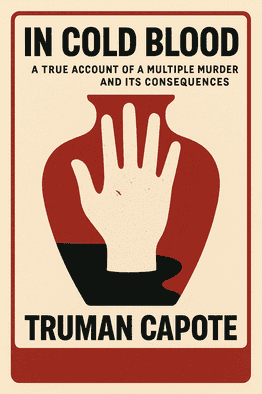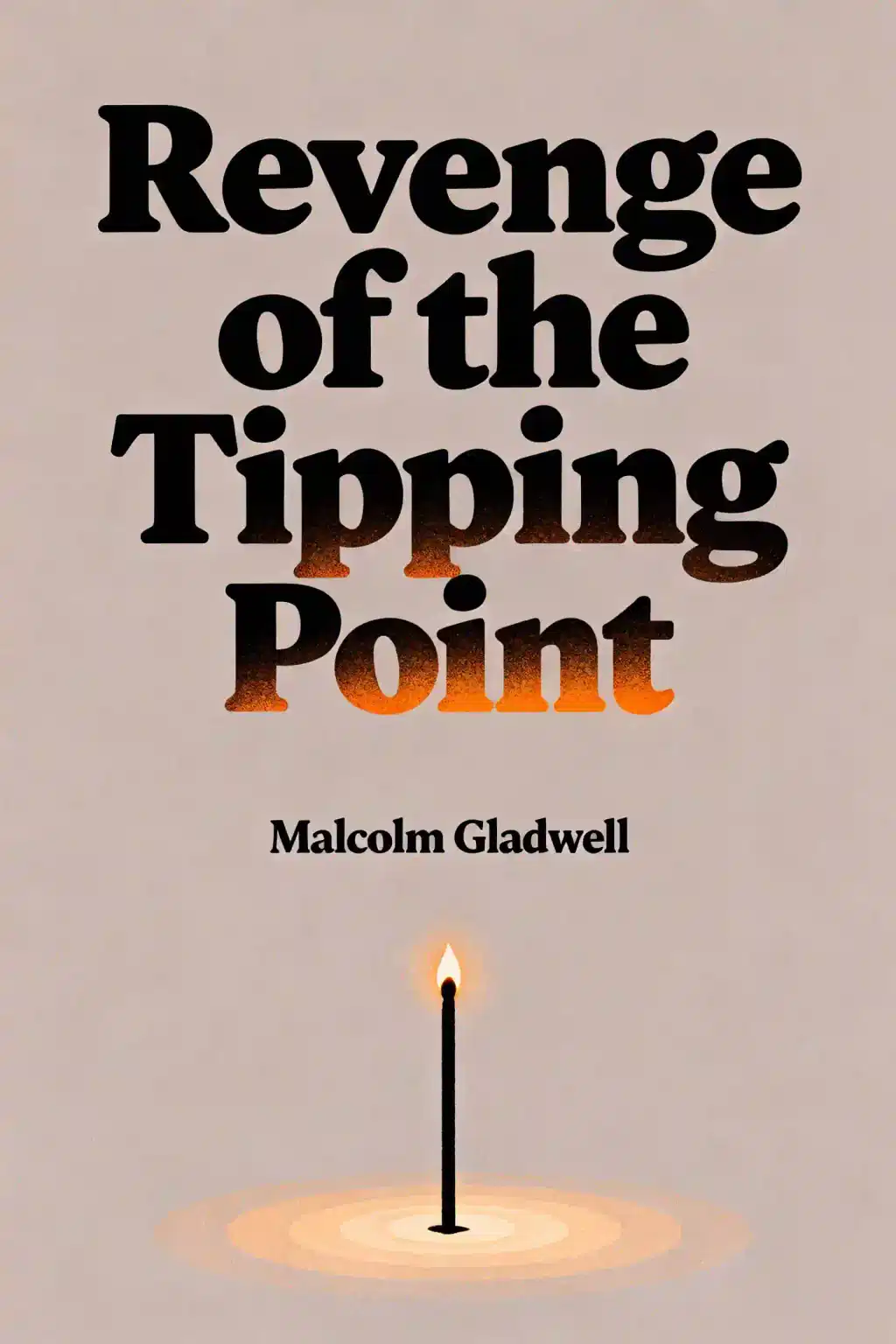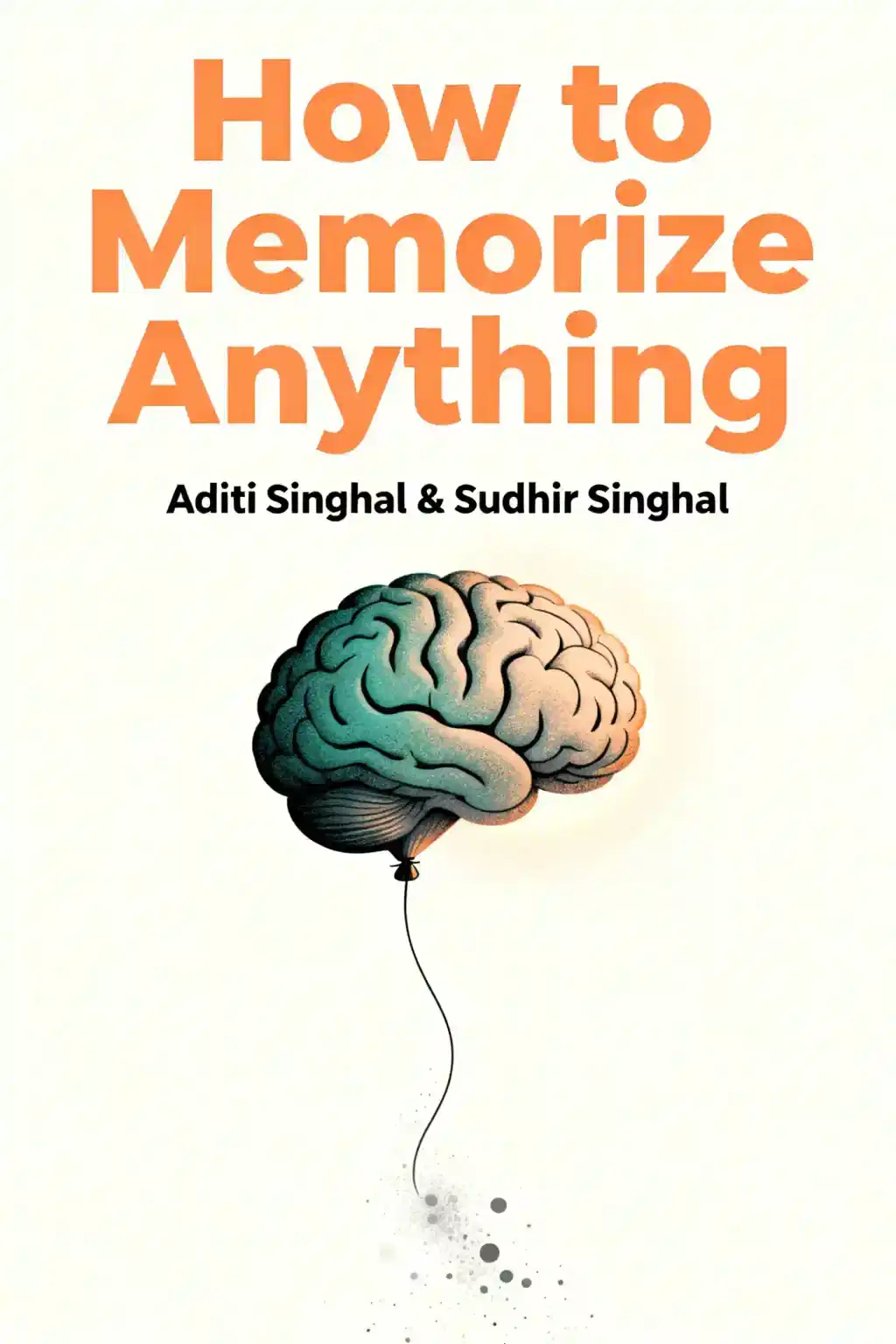
The Murders in the Rue Morgue by Edgar Allan Poe Summary
Before CSI, Sherlock, and True Crime podcasts, Poe invented detective fiction with "The Murders in the Rue Morgue." This revolutionary tale so transformed literature that the Mystery Writers of America named their prestigious Edgar Awards after him. Can you solve what the police couldn't?
About the author
Edgar Allan Poe (1809-1849), the author of "The Murders in the Rue Morgue," is widely considered the inventor of the modern detective fiction genre. Born in Boston to traveling actors, Poe became one of America's most influential writers of mystery and Gothic horror.
His 1841 story "The Murders in the Rue Morgue" introduced detective C. Auguste Dupin and established the template for analytical crime fiction that would inspire generations of mystery writers. Poe's mastery of the macabre extends beyond detective stories to include iconic works such as "The Raven," "The Tell-Tale Heart," "The Fall of the House of Usher," and "The Cask of Amontillado."
As one of the first American writers to earn a living solely through his craft, Poe's influence spans horror, science fiction, and poetry. Today, "The Murders in the Rue Morgue" is recognized as the first modern detective story and remains a foundational text in crime fiction.
FAQs About This Book
The Murders in the Rue Morgue by Edgar Allan Poe follows detective C. Auguste Dupin as he investigates two brutal murders in Paris that baffle the police. Published in 1843, this groundbreaking story introduces analytical reasoning and deductive logic to solve a seemingly impossible crime, establishing the template for all modern detective fiction and making Edgar Allan Poe the inventor of the detective story genre.
Mystery enthusiasts, literature students, and anyone interested in the origins of detective fiction should read The Murders in the Rue Morgue by Edgar Allan Poe. This short story appeals to readers who enjoy analytical puzzles, Gothic atmosphere, and psychological depth. It's essential reading for writers studying narrative structure and anyone curious about how Edgar Allan Poe revolutionized storytelling through innovative techniques that influenced countless authors.
The Murders in the Rue Morgue is absolutely worth reading as the first detective story ever written, making it a landmark in literary history. Edgar Allan Poe's masterful use of suspense, logical deduction, and atmospheric description creates an engaging reading experience despite its 19th-century origins. The story's influence on mystery fiction—from Sherlock Holmes to contemporary crime novels—makes it culturally significant and surprisingly entertaining for modern readers.
Edgar Allan Poe (1809-1849) was an American writer, poet, and literary critic who pioneered multiple genres including detective fiction, horror, and science fiction. Known for his dark, mysterious works like "The Raven" and "The Tell-Tale Heart," Poe crafted stories with psychological depth and Gothic elements that captured worldwide attention. He was the first American writer to earn a living exclusively through writing and remains a central figure in American Romanticism.
C. Auguste Dupin is the brilliant amateur detective created by Edgar Allan Poe in The Murders in the Rue Morgue, serving as the prototype for all future fictional detectives. Dupin uses "ratiocination"—analytical reasoning and observation—to solve crimes that confound police investigators. His character directly inspired Sir Arthur Conan Doyle's Sherlock Holmes and established enduring detective archetypes: the eccentric genius, the loyal narrator companion, and the methodical problem-solver who sees what others miss.
The Murders in the Rue Morgue by Edgar Allan Poe is considered the first detective story because it introduced the essential formula for the genre. Published in 1843, it features a brilliant detective using logical deduction, a narrator documenting the investigation, red herrings, a locked-room mystery, and the revelation of the solution through reasoning rather than coincidence. Edgar Allan Poe established narrative conventions that became standard in detective fiction worldwide.
Edgar Allan Poe's writing style in The Murders in the Rue Morgue combines Gothic atmosphere with analytical precision and psychological complexity. He employs detailed imagery, varied sentence structures ranging from short to elaborate, and first-person narration to create suspense. Poe's mastery of mood through carefully chosen diction, figurative language, and rhetorical devices makes the story both intellectually engaging and atmospherically chilling, blending horror elements with rational investigation.
The Murders in the Rue Morgue by Edgar Allan Poe established conventions that modern detective fiction still follows today. While contemporary mysteries feature forensic science and technology, Poe's emphasis on observation, deductive reasoning, and psychological insight remains foundational. The story's structure—crime presentation, investigation, false leads, and logical revelation—became the blueprint for Agatha Christie, Arthur Conan Doyle, and contemporary crime writers, proving Edgar Allan Poe's enduring influence on the genre.
The Paris setting in The Murders in the Rue Morgue by Edgar Allan Poe creates an atmosphere of mystery and Gothic intrigue characteristic of his writing style. The urban environment, dark chambers, and foreign locale add psychological distance and strangeness to the narrative. Edgar Allan Poe's detailed descriptive language transforms the setting into an active element that enhances suspense, using architectural details and atmospheric descriptions to build tension throughout the investigation.
The Murders in the Rue Morgue by Edgar Allan Poe explores themes of reason versus instinct, the power of analytical thinking, and the nature of intelligence. The story examines how logic can solve seemingly impossible mysteries and questions the boundaries between human and animal behavior. Edgar Allan Poe also explores the relationship between imagination and rationality, showing how creative thinking combined with methodical observation produces breakthrough insights that conventional thinking cannot achieve.
The Murders in the Rue Morgue remains relevant in 2025 because it addresses timeless questions about problem-solving, critical thinking, and analytical reasoning that are increasingly valuable in the digital age. Edgar Allan Poe's emphasis on careful observation, pattern recognition, and logical deduction resonates with modern data analysis and investigative journalism. The story's exploration of how innovative thinking solves complex problems continues to inspire readers navigating contemporary challenges requiring analytical skills and creative solutions.
In The Murders in the Rue Morgue, Edgar Allan Poe creates suspense through varied sentence structures, strategic pacing, and psychological complexity. He alternates between short, tense sentences and elaborate, descriptive passages to control rhythm and build tension. Poe employs Gothic imagery, first-person narration, rhetorical questions, and carefully chosen diction that matches the horror atmosphere. His use of withholding information and gradual revelation keeps readers engaged while demonstrating his mastery of suspenseful storytelling.
Quick Summary Mode - Read or listen to The Murders in the Rue Morgue Summary in 9 Minutes
Break down key ideas from The Murders in the Rue Morgue into bite-sized takeaways to understand how innovative teams create, collaborate, and grow.
Flash Card Mode - Top 10 Insights from The Murders in the Rue Morgue in a Nutshell
Distill The Murders in the Rue Morgue into rapid-fire memory cues that highlight Pixar’s principles of candor, teamwork, and creative resilience.

Fun Mode - The Murders in the Rue Morgue Lessons Told Through 25-Min Stories
Experience The Murders in the Rue Morgue through vivid storytelling that turns Pixar’s innovation lessons into moments you’ll remember and apply.
Personalize Mode - Read or listen to The Murders in the Rue Morgue Summary in 0 Minutes
Ask anything, pick the voice, and co-create insights that truly resonate with you.

From Columbia University alumni built in San Francisco
See More Stories?

Get the The Murders in the Rue Morgue summary as a free PDF or EPUB. Print it or read offline anytime.
























